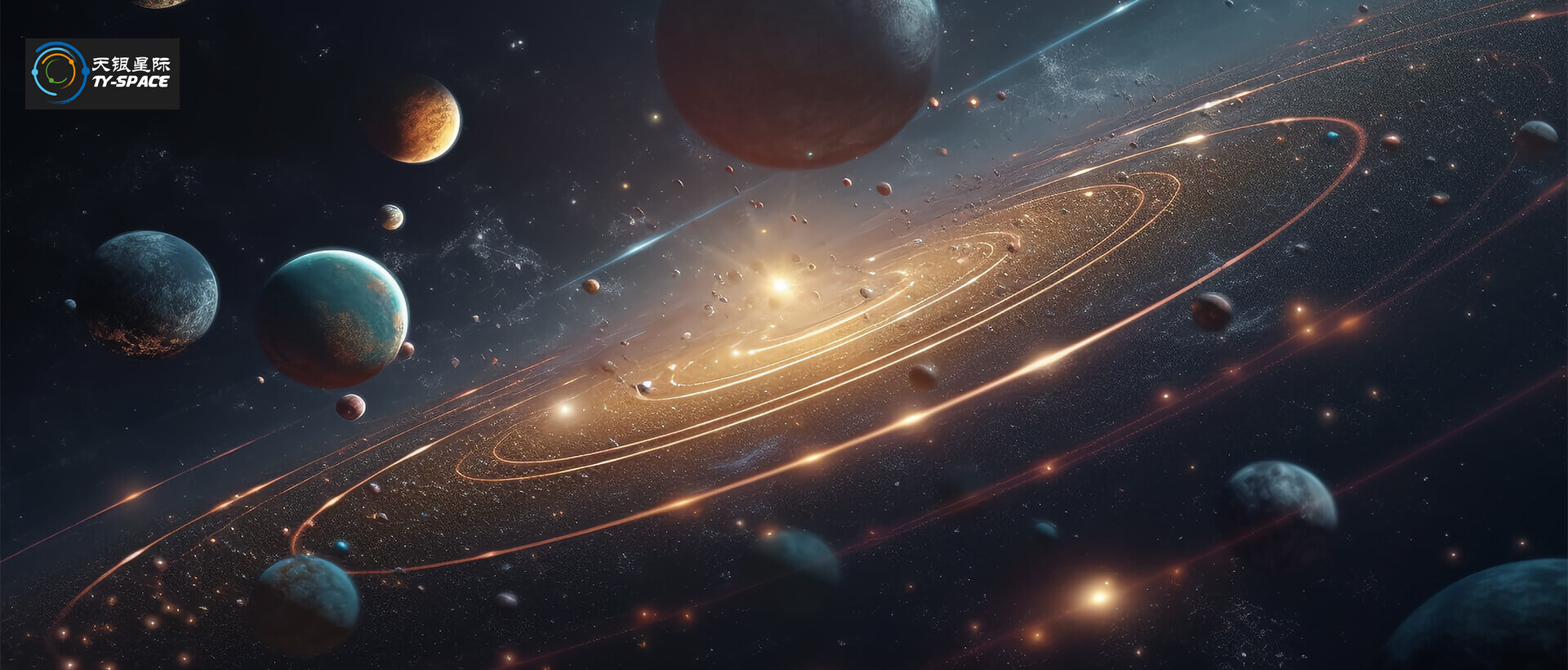
To analyze the errors in the optical axis of tracking and collimation system, a star tracking and collimation system model is established. Transformations among various coordinates and the error terms in the system are introduced and analyzed. Algorithms regarding the optical axis calibration are proposed and are verified by simulations. The effect of stochastic errors on the optical axis calibration is discussed, and the accuracy and validity of the algorithms with regard to the calibration of double star trackers are verified. The simulation results show that the accuracy of the two-star calibration method can reach 25 arcs, and the K can be controlled below 0.01. In-orbit calibration is achieved with both cameras and star trackers working simultaneously.
This article focuses on the problem of installation and impact errors in the optical axis of the space tracking and aiming mechanism, establishes a calibration model for the onboard in orbit tracking and aiming mechanism, introduces the internal attitude conversion method of the tracking and aiming mechanism, analyzes the sources and forms of optical axis pointing errors, and proposes a multi star sensitive in orbit calibration algorithm. Using data from dual star sensors, the pointing error of the optical axis of the tracking and aiming mechanism can be accurately calculated. The correctness of the multi star sensitivity calibration algorithm was verified through simulation when static errors and high-frequency noise errors were introduced. At the same time, the correctness, accuracy, and stability of the algorithm were verified when the star sensor all-day recognition algorithm was introduced, solving the calibration problem of the optical axis error of the tracking and aiming mechanism on the satellite.
Send us a message,we will answer your email shortly!